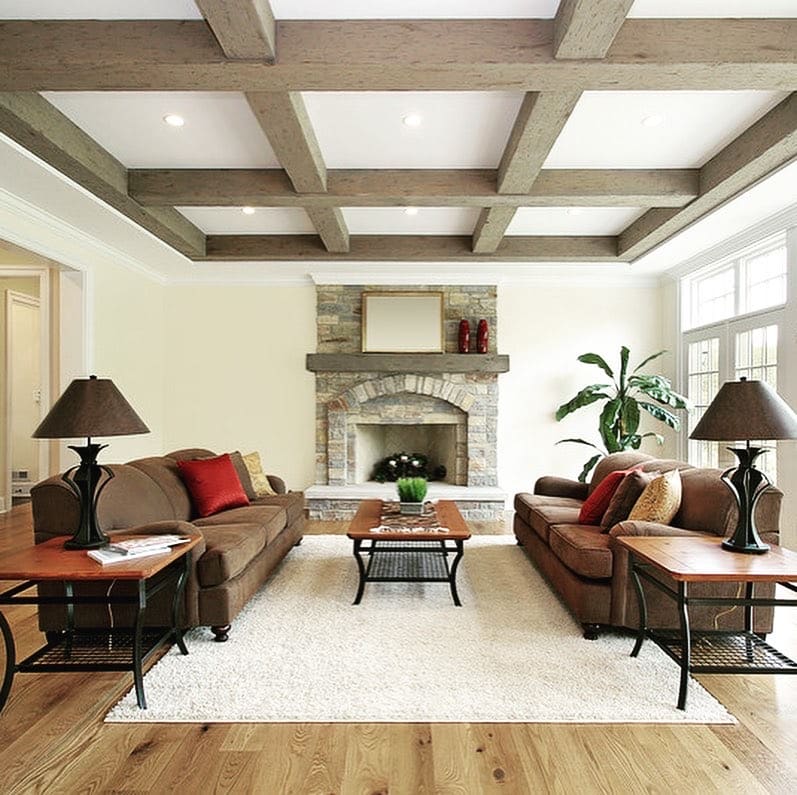Introduction
Water damage on hardwood flooring can be a daunting issue for homeowners. Whether it’s from a leaky roof, burst pipes, or flooding, swift action is key to minimizing damage. In this comprehensive guide, we’ll explore how to repair water-damaged hardwood floors, providing you with valuable insights, techniques, and preventative measures to keep your floors looking pristine.
Understanding Water Damage
Before diving into the repair process, it’s essential to understand how water affects hardwood floors.
- Types of Water Damage:
- Minor Damage: Discoloration, warping, or small, localized areas of damage.
- Severe Damage: Extensive warping, cupping of planks, or soft spots.
- Signs of Water Damage:
- Warping or buckling planks.
- Dark stains or discoloration.
- Soft or spongy spots underfoot.

Step-by-Step Guide to Repair Water Damage on Hardwood Flooring
Step 1: Assess the Damage
Before proceeding with repairs, evaluate the extent of the damage. Check for:
- Stains and discoloration.
- Signs of mold or mildew.
- Areas that feel soft or spongy.
Step 2: Dry the Affected Area
Drying is critical. Use fans, dehumidifiers, or open windows to increase air circulation.
- Tip: Aim for a relative humidity level of around 30-50%.
Step 3: Remove the Damaged Planks
For severe damage:
- Pry up the damaged boards using a pry bar.
- Cut through any nails holding the boards in place.
Step 4: Replace or Repair
Depending on the level of damage:
- Minor Damage: Sand down the affected area to smooth out any roughness or imperfections and refinish the wood.
- Severe Damage: Replace the damaged planks with new ones that match your existing flooring.
Step 5: Refinish the Area
After installing new planks or sanding the damage:
- Clean the area thoroughly.
- Apply wood stain to match the surrounding area.
- Finish with a protective coating.
Step 6: Prevention Tips
Preventing future water damage is key:
- Ensure proper ventilation and humidity control.
- Regularly check and maintain plumbing and roofs.
- Use mats in areas prone to spills, such as entryways and kitchens.
FAQs About Water Damage on Hardwood Flooring
Can water-damaged hardwood floors be saved?
Yes, many water-damaged hardwood floors can be saved if you act quickly and follow the right repair methods.
How long does it take to repair water damage on hardwood floors?
The time it takes depends on the extent of the damage. Simple refinishing might take a few hours, while extensive replacements could take several days.
Should I call a professional?
If the damage is severe or if you’re unsure how to proceed, consulting a professional may be the best option.
Conclusion
Repairing water damage on hardwood flooring is a manageable task if addressed promptly and effectively. By following the steps outlined above, you can restore your floors while preventing future issues. Regular maintenance and vigilance play a crucial role in keeping your hardwood flooring in top shape.





0 Comments